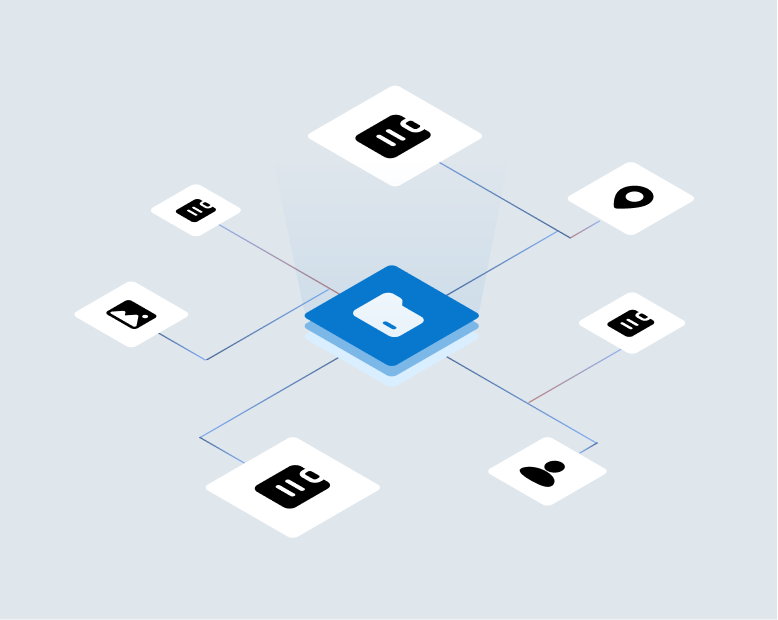Carrier Management has a piece marveling at Berkshire Hathaway’s spectacular insurance turnaround: “A 2023 pretax underwriting profit of$3.6 billion, reversing a $1.9 billion underwriting loss reported for 2022 at Berkshire’s personal auto insurance operation, GEICO, and fueling a $5 billion pretax underwriting profit for all of Berkshire Hathaway’s insurance operations last year.”
Which was achieved primarily by a reduction in high-risk auto policies and 20% staff reductions. But what’s next? Because Geico has acknowledged that it’s a technology laggard, indeed the head of Berkshire’s insurance business, Ajit Jain, acknowledged the challenges at the conglomerate’s annual meeting last May, saying “Geico’s technology needs a lot more work than I thought it did.” He noted that Geico had “more than 600 legacy systems that don’t really talk to each other.” Geico, he added, is trying to compress that to no more than 15 or 16 systems.
But longtime rival Progressive is the industry technology leader. So much so that they avoided the massive post-covid meltdown that the rest of the industry experienced. So how is Geico going to catch up? Simply implementing the same package software core systems that the rest of the industry has? Or by building tools that enable much more granular, real time, event driven risk selection throughout the policy lifecycle? Which is where the money is and is something core systems can’t solve.
Of course, we’re biased because granular, real time, event driven risk selection throughout the policy lifecycle is what we do.


